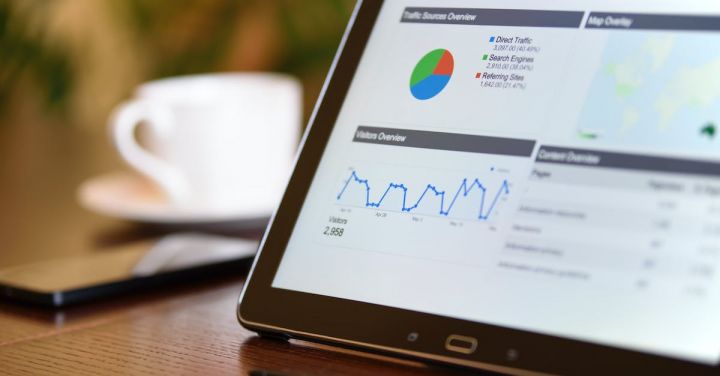In today’s unpredictable world, it has become increasingly important for individuals and organizations to conduct thorough risk assessments. Whether it is a global pandemic, economic downturn, or cybersecurity threats, being prepared and proactive is essential. Risk assessment allows us to identify potential hazards, evaluate their impact, and develop strategies to mitigate them. In this article, we will explore the importance of risk assessment in risky times and how it can help us navigate uncertain situations.
A comprehensive risk assessment begins by identifying potential risks. This involves analyzing internal and external factors that could pose a threat. For example, in the context of a pandemic, potential risks may include the spread of the virus among employees, supply chain disruptions, or regulatory changes. By identifying these risks, we can prioritize the most significant ones and allocate resources accordingly.
Once risks are identified, the next step is to evaluate their potential impact. This involves assessing the likelihood of each risk occurring and the severity of its consequences. For instance, the impact of a cyberattack on a company’s reputation and financial stability can be devastating. By quantifying the risks, we can determine their level of priority and develop appropriate risk management strategies.
After evaluating the risks, the next crucial step is to develop strategies to mitigate them. This may involve implementing preventive measures, creating contingency plans, or transferring the risk through insurance or outsourcing. For instance, to mitigate the risk of a cyberattack, an organization may invest in robust cybersecurity measures, conduct regular vulnerability assessments, and establish incident response protocols. By having these strategies in place, we are better equipped to handle potential risks and minimize their impact.
Moreover, risk assessment is not a one-time activity; it is an ongoing process. In today’s fast-paced world, risks can emerge and evolve rapidly. Therefore, it is essential to regularly review and update risk assessments to ensure their relevance. This includes monitoring changes in the external environment, evaluating the effectiveness of existing risk management strategies, and making necessary adjustments. By staying vigilant and adaptive, we can effectively manage risks in risky times.
Furthermore, risk assessment is not limited to organizations; individuals can also benefit from it. Personal risk assessment can help us make informed decisions in our daily lives. For example, we can assess the risks associated with our career choices, investment decisions, or travel plans. By considering the potential risks and their consequences, we can make better choices and minimize potential negative outcomes.
In conclusion, risk assessment is a vital tool in navigating risky times. By identifying potential risks, evaluating their impact, and developing appropriate strategies, we can effectively manage and mitigate risks. It is an ongoing process that requires vigilance and adaptability. Whether at an organizational or individual level, risk assessment helps us make informed decisions and be prepared for uncertain situations. In today’s ever-changing world, being proactive and prepared is the key to success. So, let us embrace risk assessment and take charge of our future.



